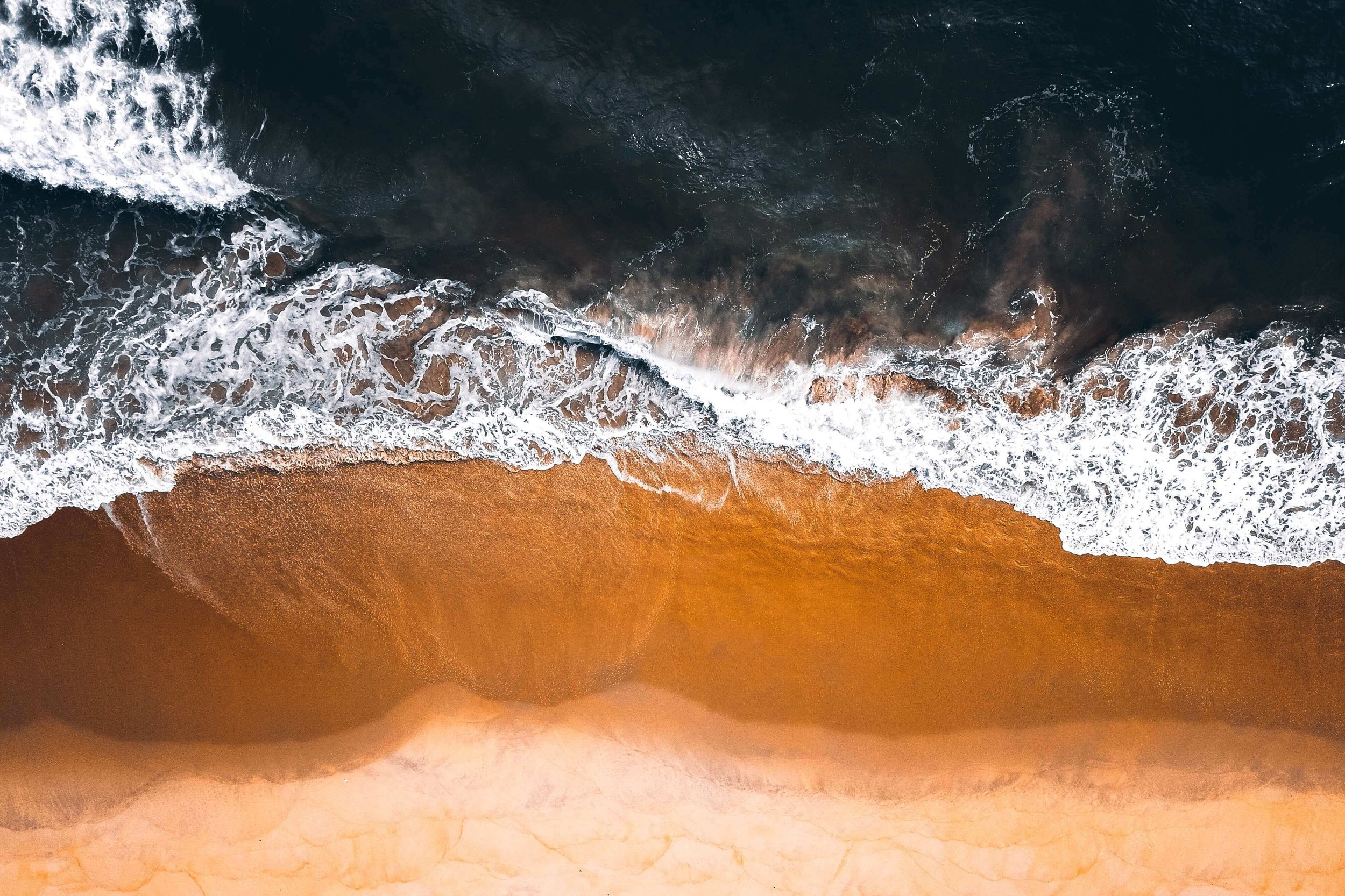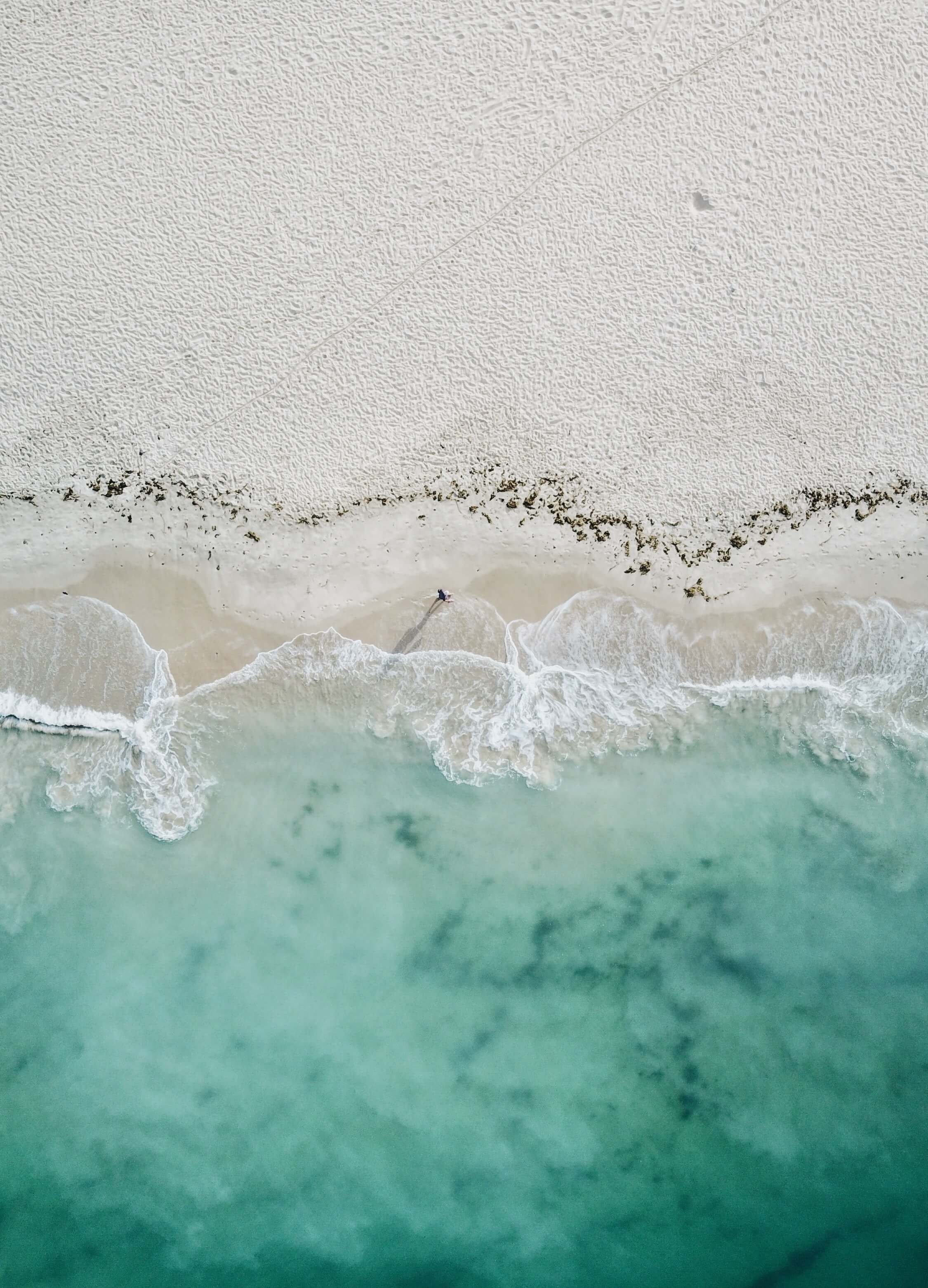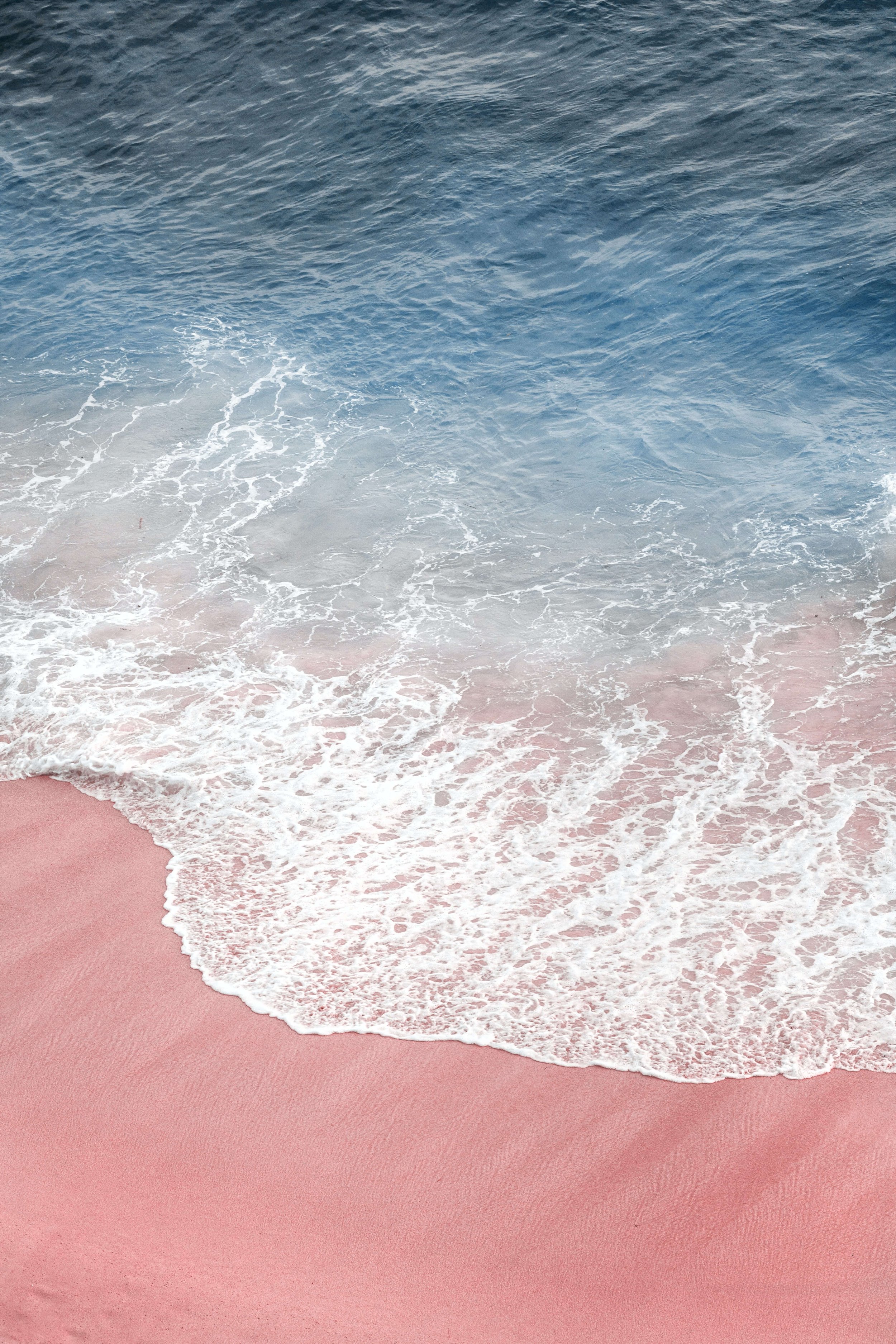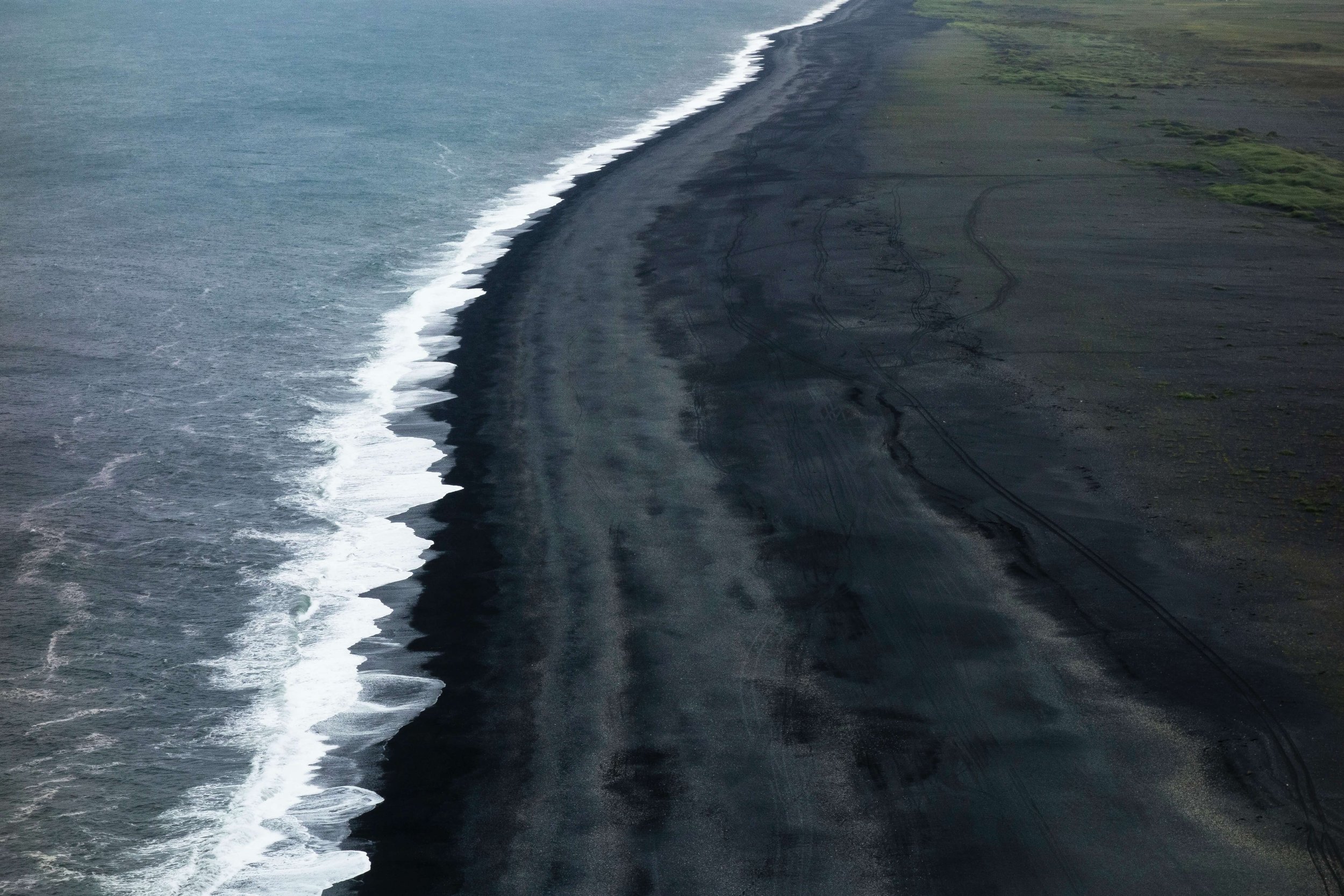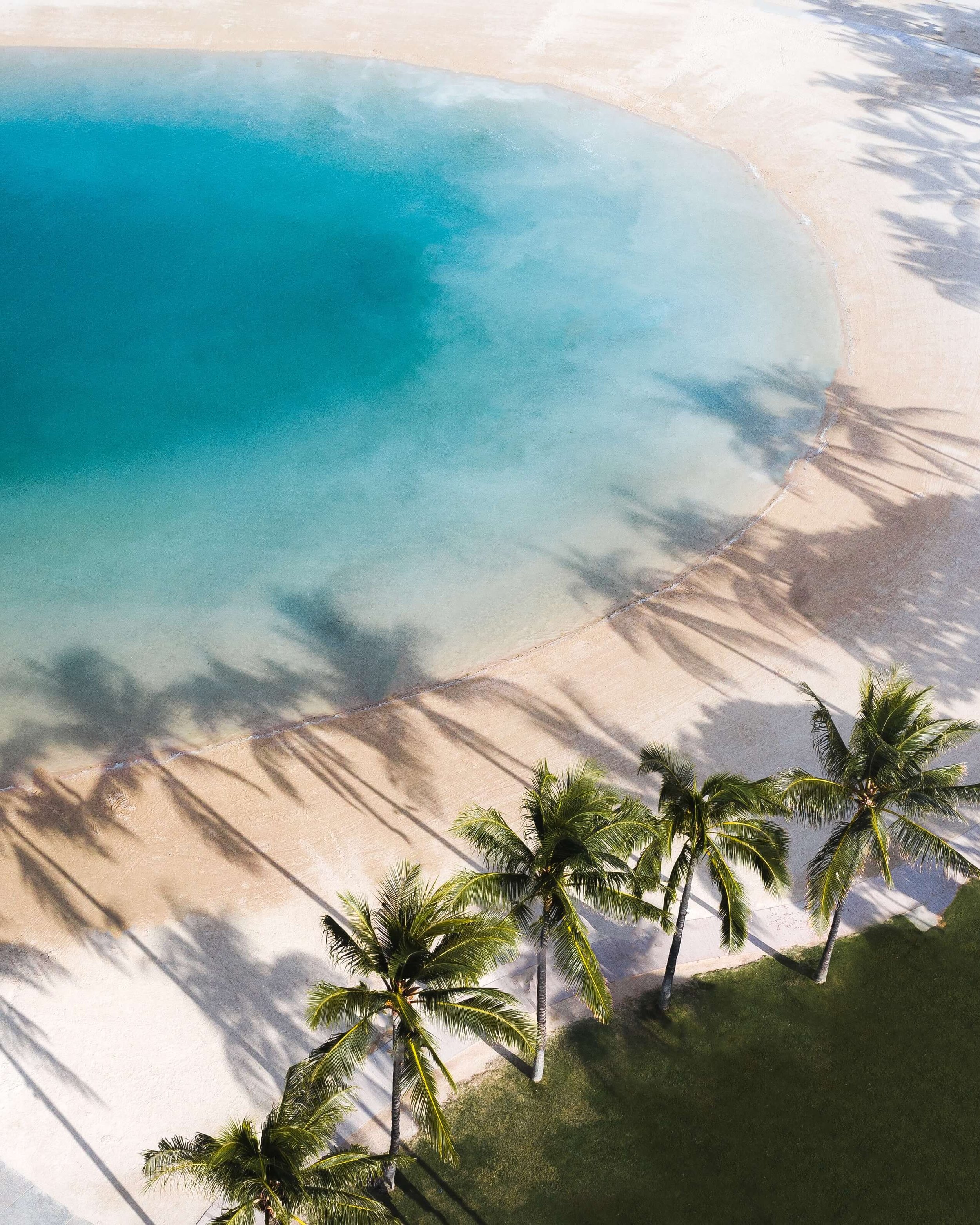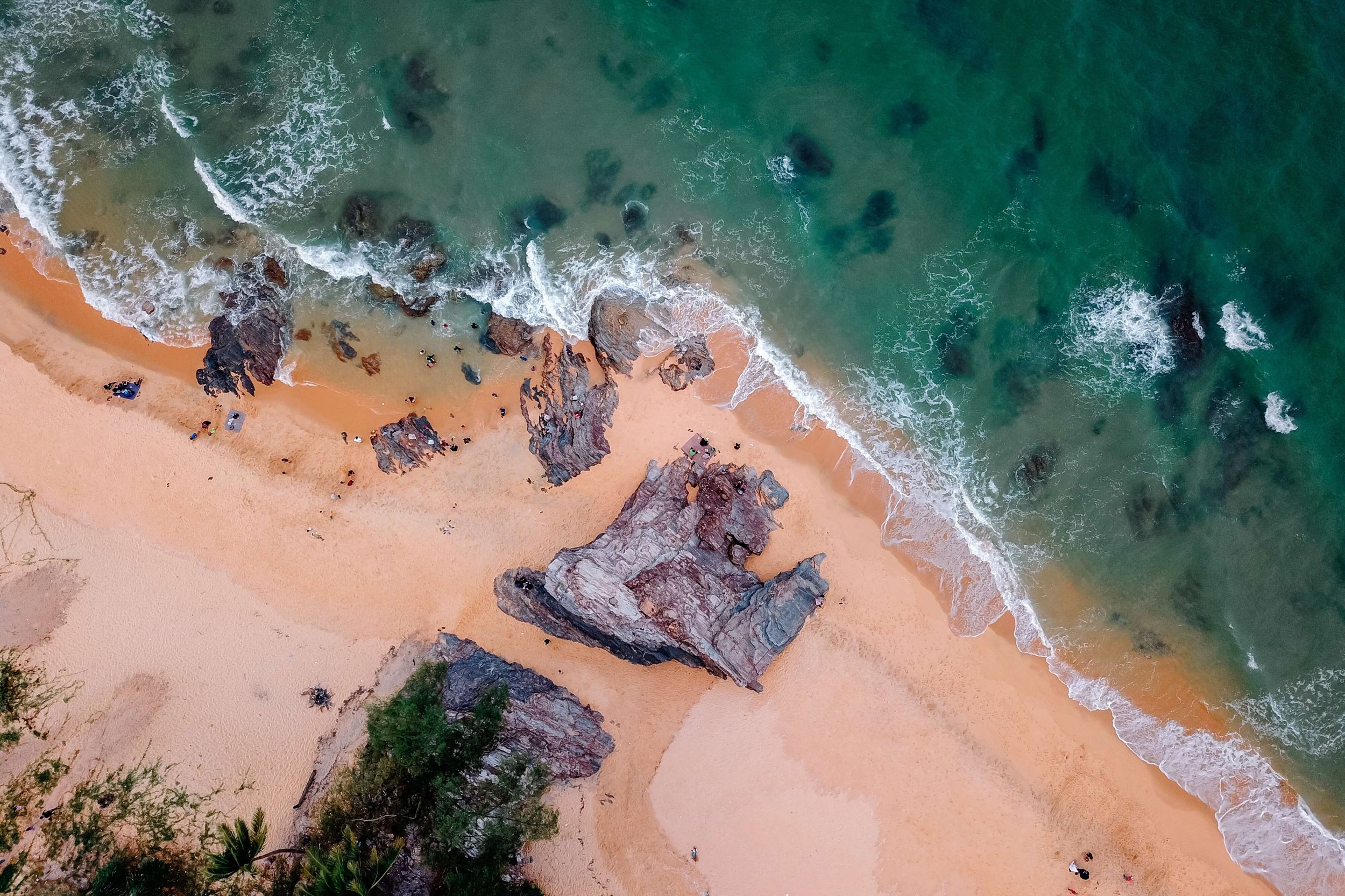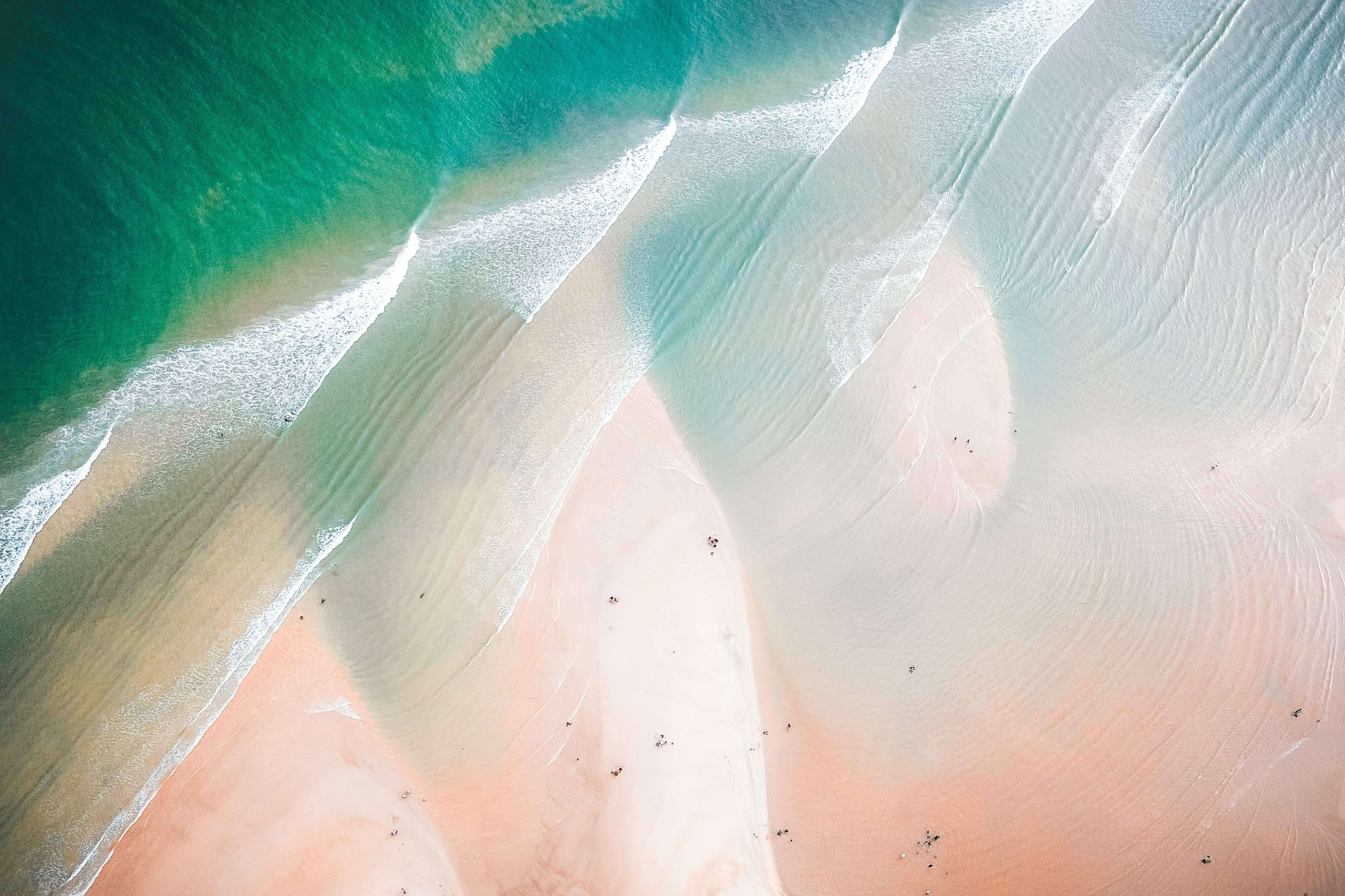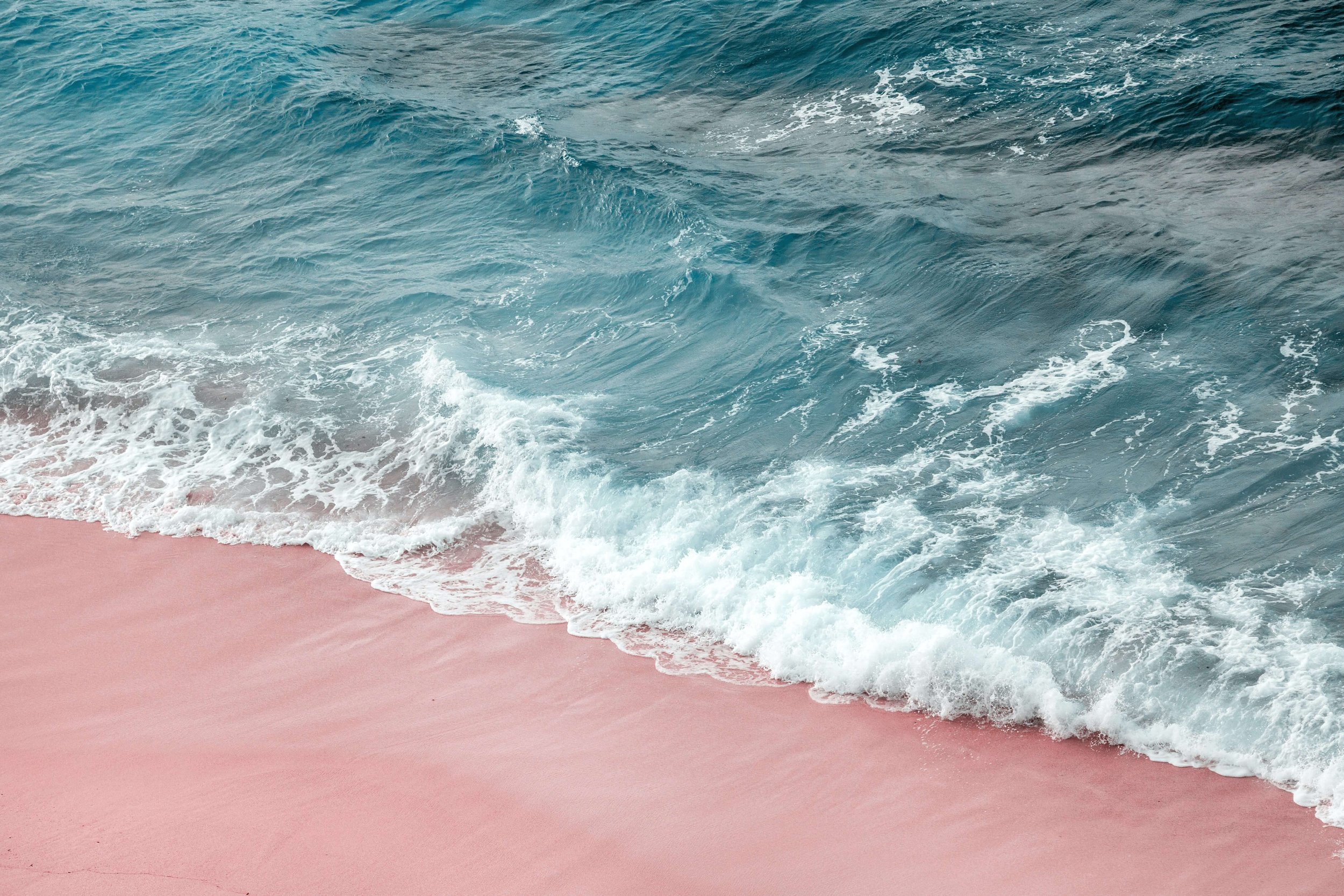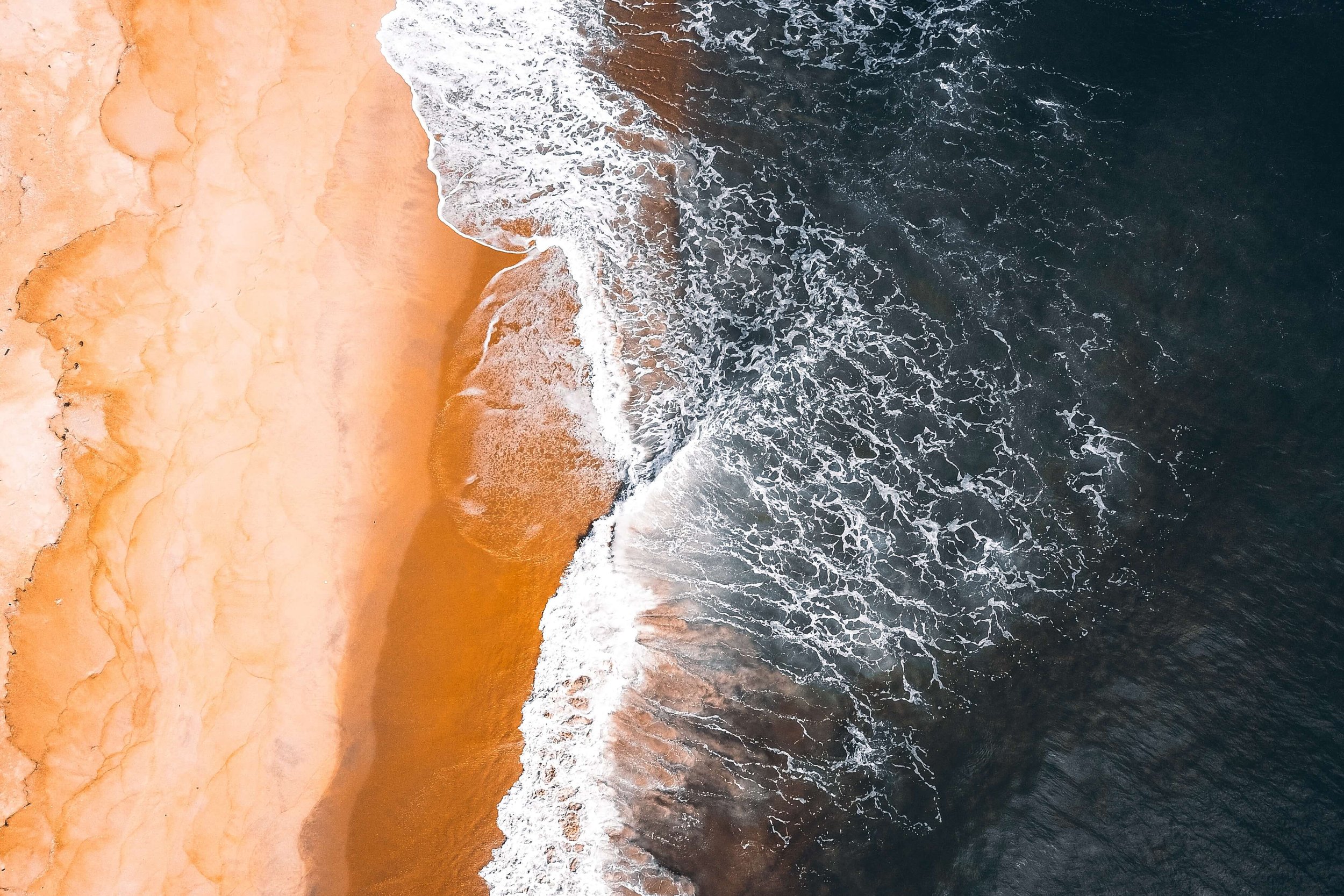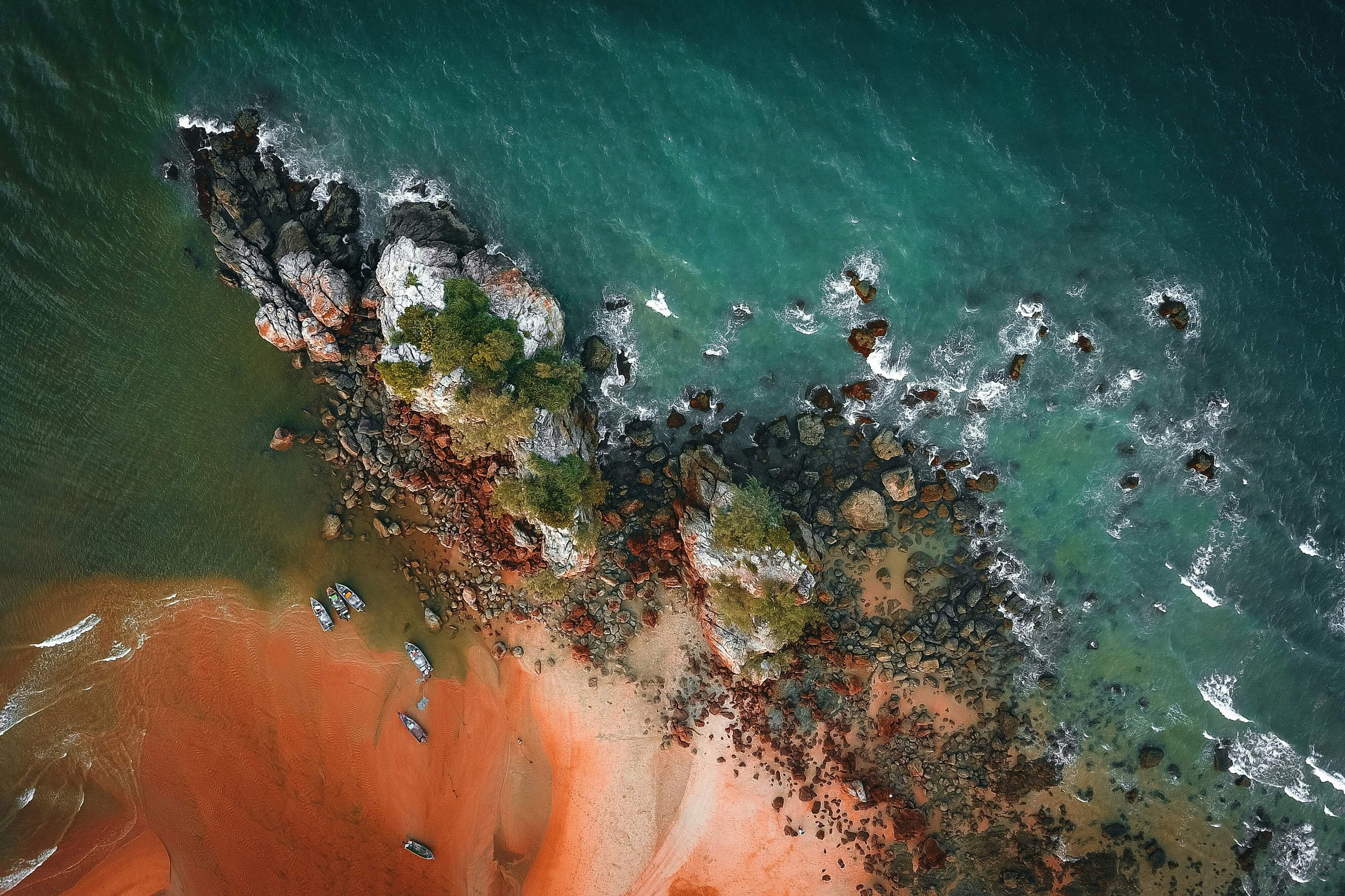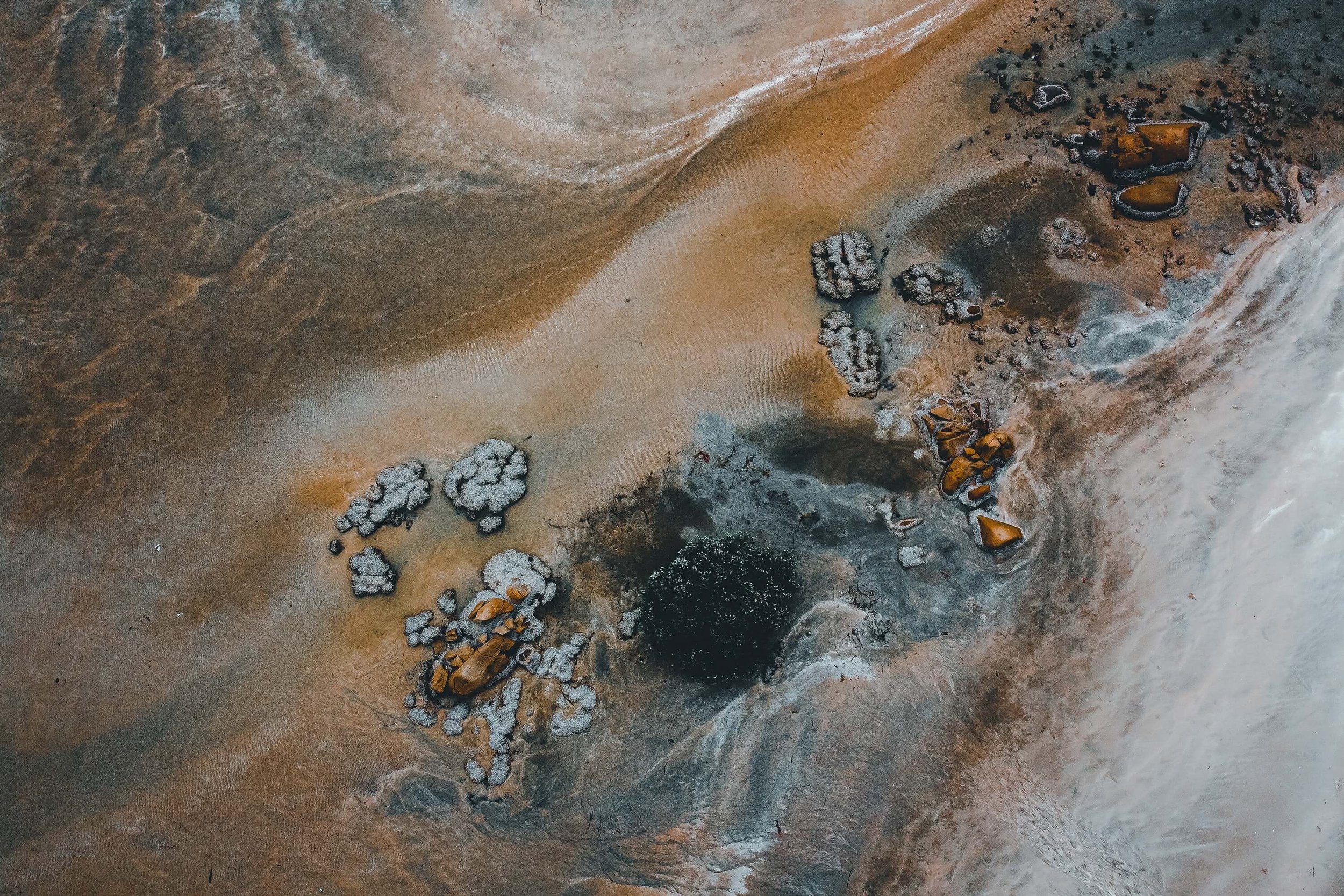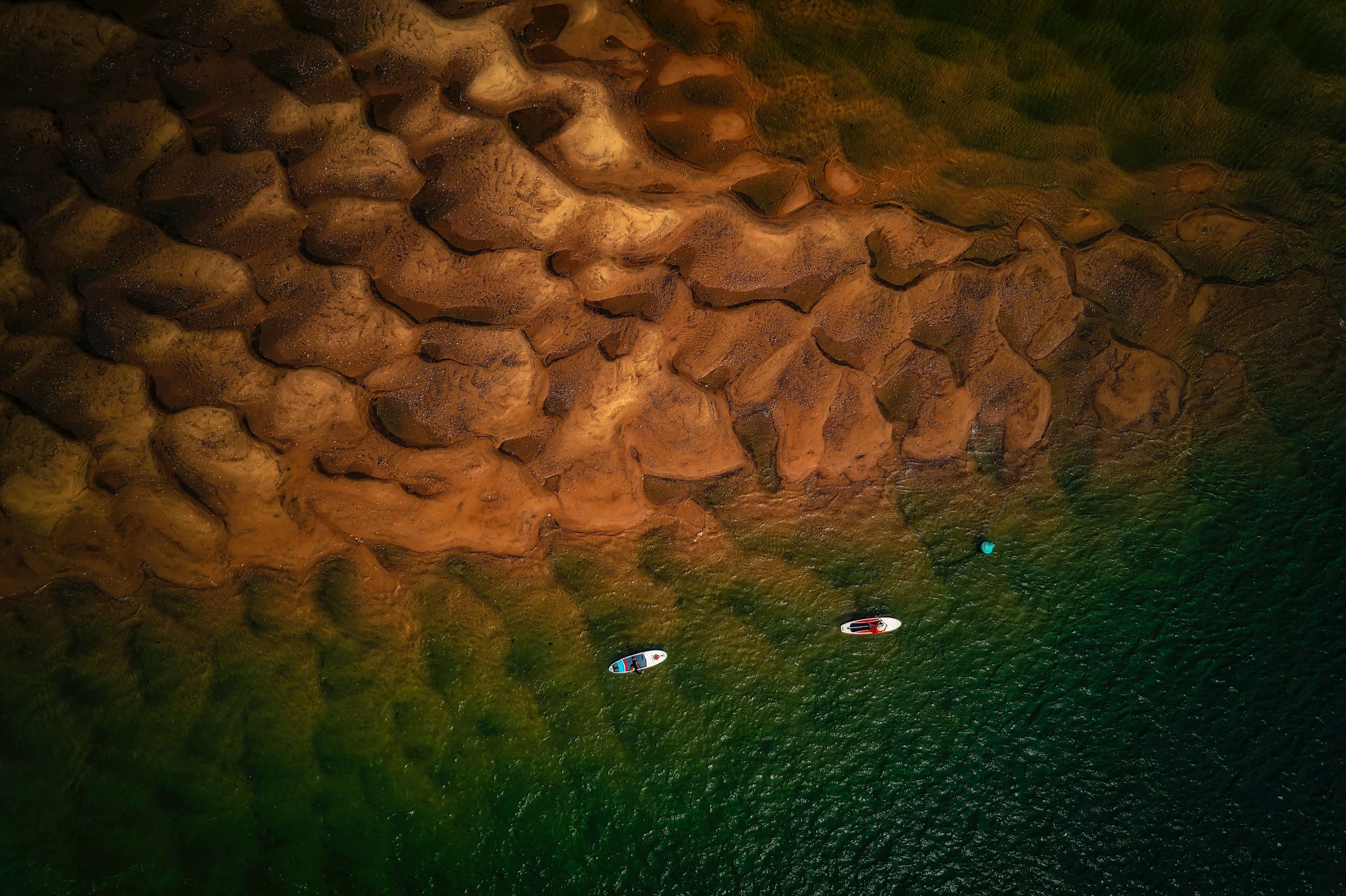Red, Pink, Black and Green: Beach Sand Colours Explained
The Science Behind Each Unique Beach Sand Colour
From pink to black with the spectrum of colours in between, the world's beaches are adorned with incredibly diverse origins and stories just as captivating as their vibrant colours.
The diverse colours of beach sands form a rather captivating rainbow across coastlines that reveals nature's splendour through the story of each region's distinct geology and marine ecosystems, and elemental forces that craft each grain and create nature's magnificent palette. No two beaches are identical, as each grain carries the signature of surrounding rocks, minerals, shells and life, combining in endless variations to display nature's boundless creativity. Let’s take a closer look…
—
The Colourful Origin Stories Behind the World's Beach Sands
Beach sands come in a rainbow of colours that stem directly from their distinct local geologic and marine sources. The source of the sand's colour lies in its composition. Here's an overview of what gives common beach sand colours their distinct hue.
—
Pristine White Sands
The quintessential bright white beach sand is created by ground up coral reefs and eroded limestone. Tropical islands sitting on limestone and surrounded by coral reefs tend to have the whitest sands, like those of the Yucatán Peninsula, the Bahamas, and certain Caribbean islands. The white coral skeletons and calcium carbonate limestone erode into fine sand grains of calcium carbonate. The white Bahama beaches, like those on Harbour Island, come from the island’s foundation of aeolian limestone that gets ground down by wave action. Bermuda and the Cayman Islands also sit on ancient coral reefs, creating their famed pink and white sands. The calcium carbonate crystals reflect sunlight, giving the water a crystal clear turquoise tint. The white crystals reflect sunlight, giving the water that stunning and famous turquoise glow.
—
Black Volcanic Sands
Volcanic activity creates the black and dark grey sands found on many Pacific and Atlantic islands. Dramatic black and dark grey beach sands result from volcanic rocks and minerals eroded by the pounding surf. Hawaii, Canary Islands, and Iceland are renowned for beaches with black sand consisting of broken up basalt, obsidian and other dark volcanic rocks. Mauna Kea black sand beach on Hawaii's Big Island owes its colour to black lava rock. Iceland's famous Reynisfjara beach gets its black sand from the nearby basalt cliffs and offshore basalt columns that pound into dark grains. Volcanic islands have abundant black sand beaches due to their active geology. Dark minerals like magnetite and hematite are also common sources of black sand grains on volcanic islands.
—
Pretty in Pink Sand
While less common worldwide, pink sand beaches are famous tourist destinations in the Bahamas and Bermuda. Though it may seem surprising, the delightful pink and white sands you're relaxing on originate from the ground-up skeletons of ancient tiny marine organisms. The pastel pink hue comes from eroded red shells and coral intermixed with the white calcium carbonate sand. The red shells belong to foraminifera, tiny marine organisms related to amoeba. When their red shells erode, it colours the sand. Other shelled organisms can also contribute reddish tones, including coralline red algae, conch shells, and coral debris. The shelled marine life mixes with white bioclasts on shore creating rather pretty pastel pink beaches (I wonder why the Barbie movie was not filmed there). Pink sand is found mostly in isolated tropical areas where ocean currents concentrate these red fragments on shore.
—
Red and Brownish Iron Sand
Reddish or brownish sand gets its tint from iron oxide, better known as rust. Dark red garnet and hematite sand grains are also common, in addition to reddish shells and coral. Northern Australia's coastline has striking rust-coloured beaches due to iron oxide washing down from nearby hills and concentrating along the shore. A famous example is Western Australia's Sherington Beach. Hawaii's Kaimu Beach gets its reddish sands both from iron oxide in the black lava rocks as well as olivine lava grains which weather to a brownish colour over time. Reddish-brown sand is also found along central California's coast.
—
Grey and Black Speckled Sand
Many beaches have salt and pepper sand consisting of a mix of white, grey, and black grains, giving the sand an overall drab grey look up close. In most cases, the black and dark minerals come from eroded volcanic rocks like basalt while the white is eroded limestone. The grey results from granitic rocks like quartz, feldspar, and other common minerals in granite. Along with volcanic islands, areas with lots of granite tend to have salt and pepper beach sand, like the northeastern United States and Gulf of Mexico coastlines. The mineral composition near rivers that empty onto the coast also contributes to the beach sand's colour and grain diversity in any region.
—
Green, Purple, Orange - Unique and Rare Coloured Sands
While the most common beach colours come from calcium carbonate, iron, and volcanic minerals, some rare geological conditions can create uniquely coloured sands. Green olivine crystals eroded from basalt lava flows colour Hawaii's Papakolea Beach. Purple, yes! The magical purple and turquoise swirled sands of Pfeiffer Beach in Big Sur, California, derive their unusual colours from eroded manganese garnet deposits in the surrounding hills mixed with white quartz and blue limestone, creating a rare and enchanting natural mosaic. Purple garnet sands also form from eroded garnet-rich gneiss and schist in southern India. Vibrant orange and red hues arise along shores with high iron concentrations like Ramla Bay on Malta. Rich mineral diversity and specific coastal settings lead to exceptionally colourful sands — it’s just magical when you come to think of it.
—
Location and Origin Matters
The key point is that beach sand ultimately derives its colour from its mineral, rock, and shell composition in that specific coastal region. White beaches indicate limestone and coral reefs. Black means volcanic rocks. Reddish signifies iron while pink comes from red shells. Dark minerals like olivine and garnet also darken sand. Proximity to rivers and oceans currents spread certain minerals and eroded fragments to accumulate in a certain area over time. The sand's genesis gives it colour based on local geology and oceanography. Understanding what created and shaped a coastline helps explain the distinct sand palette.
—
Changing Sand Colours
While the main sand colour of a beach remains relatively stable long-term, appearances can shift after big storms and floods which blend in new sand and mineral sources. Seasonal algae blooms can also temporarily tint sand green or brown. Human activities like mining black sands for minerals and engineering shorelines with imported sand can drastically alter the sand composition of a beach. Overall though, the sand's origins typically reassert themselves over time.
—
The diverse colours and textures of beach sands around the world stem from the incredible blend of local geology, marine life, and forces of nature unique to each shore. From the coral-white sands of tropical islands to the volcanic black sands of active coastlines, beach sand captures nature's artistry. The shimmering pink sands, rust-hued iron sands, and speckled mineral sands all tell a story of the birthplace and origins of the surrounding environment. The rainbow of enchanting beach sands across the globe provides an illuminating window into the richness of nature and the beauty of our world.
—
You Might Also Be Interested In:
>> THE OCEAN AND THE SENSES
>> A Coastal State of Mind
>> THE SEA, WATER AND THE BLUE MIND - BOOKS


